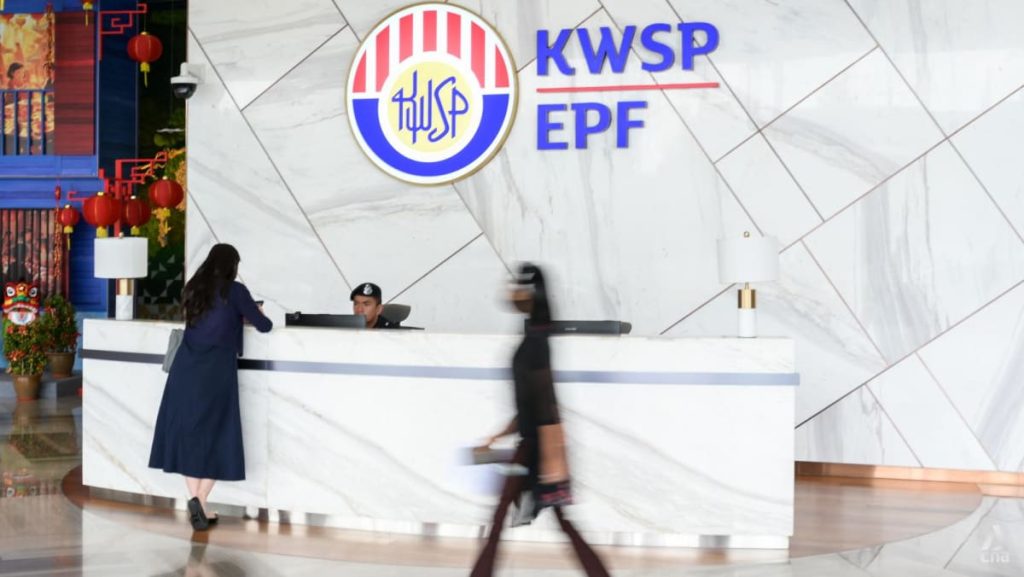The Employees Provident Fund (EPF) in Malaysia has undergone a restructuring plan that now includes three accounts for its members, as opposed to the previous two. Under this new system, 75% of an individual’s monthly contributions will go into Account 1, 15% into Account 2, and the remaining 10% into Account 3 – the new flexible account. This marks a change from the previous allocation of 70% into Account 1 and 30% into Account 2. Funds in Account 1 cannot be withdrawn until the member reaches the age of 55, while funds from Account 2 can be used for purposes such as housing.
There are two main objectives behind this move by the EPF. Firstly, by increasing the allocation of funds into Account 1, the EPF can “lock up” an additional five per cent for the long term, thereby increasing its cash reserve and liquidity. Secondly, the restructuring allows members greater flexibility in how they use their funds. As of December the previous year, the EPF had 16.07 million members, with assets worth RM1.135 trillion, making it one of the world’s largest retirement funds. This change in the EPF plan serves both financial and political objectives, according to Dr. Oh Ei Sun.
The political aspect of this restructuring is significant, as it is seen as a response to pressure from the opposition coalition to allow further withdrawals from the EPF. Between 2020 and 2022, 8.1 million Malaysians withdrew RM145 billion from the retirement fund through four rounds of COVID-19 withdrawals. The withdrawals were initially approved during Muhyiddin Yassin’s tenure as prime minister and continued under Ismail Sabri Yaakob’s leadership. Muhyiddin, now chairman of the opposition coalition Perikatan Nasional, has been advocating for additional EPF withdrawals for those in need, post the 15th general election in 2022.
Despite political pressure to approve further withdrawals, Prime Minister Anwar Ibrahim has expressed the importance of protecting contributors’ savings for future use. He has emphasized the role of the EPF as a legal body tasked with safeguarding contributors’ money. However, during the tabling of the 2024 Budget, Anwar announced a change in stance by introducing a flexible EPF account that allows contributors to access their funds at any time. This move aims to balance the financial interests of the EPF with the political pressure to provide flexibility to contributors.
Overall, the restructuring of the EPF’s accounts not only enhances the fund’s financial stability and liquidity but also addresses political demands for greater flexibility in withdrawals. By increasing contributions to Account 1 and introducing a new flexible account, the EPF seeks to cater to the long-term financial security of its members while also appeasing political pressures for more accessible funds. The balancing act between financial prudence and political considerations will continue to shape the EPF’s policies and responses to member needs in the future.


